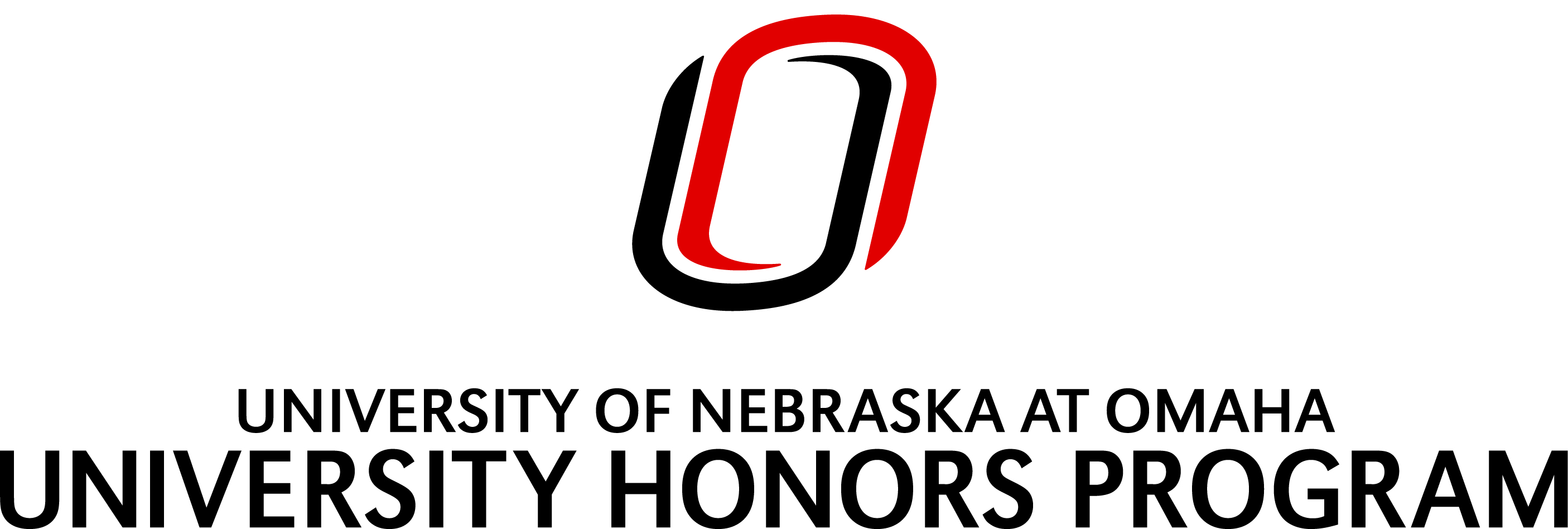Month/Year of Graduation
5-2020
Degree Name
Bachelor of Science (B.S.)
Department
Special Education and Communication Disorders
First Advisor
Dr. Kathy Coufal
Abstract
The United States is home to a population that is nearly 20% bilingual. A statistic such as this almost guarantees that speech-language pathologists (SLPs) will work with someone from this bilingual population at some point during their career. Many factors contribute to how children learn language, and there are added complexities in the acquisition of multiple languages which can complicate the job of a clinician. Silent periods, codeswitching, transfer, and other bilingual language phenomena make diagnosing speech and language disorders difficult. The American Speech-Language-Hearing Association (ASHA) provides guidelines and a code of ethics to be followed to ensure best practice. Clients must be assessed in both of their languages, and different acquisition and phonological patterns need to be analyzed to provide an accurate diagnosis. A survey was created to discover Nebraska school-based SLPs practice patterns with bilingual clients. This survey requested demographic information, bilingual status, familiarity with suggested guidelines, and practice patterns. This descriptive study provided inconclusive results due to insignificant survey response rates.
Recommended Citation
Beyea, Kylee, "Bilingual Practices in Speech-Language Pathology in Nebraska Schools" (2020). Theses/Capstones/Creative Projects. 73.
https://digitalcommons.unomaha.edu/university_honors_program/73

